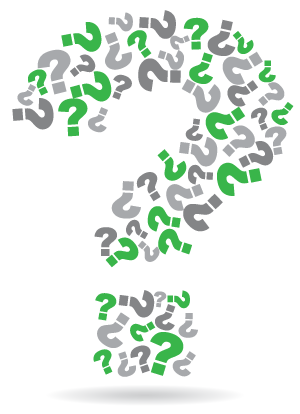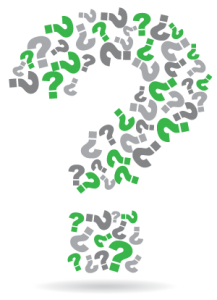
What Are Other Current Assets in Quickbooks?
 When using Quickbooks to track your business’s financial transactions, you may come across other current assets. It’s a category of assets displayed in Intuit’s popular accounting software. Like all assets, other current assets consist of things — both tangible and intangible — that your business owns. You can typically convert assets into cash, thus increasing your business’s cash flow. Other current assets, however, are distinguished from traditional assets in a few key ways. What are other current assets in Quickbooks exactly?
When using Quickbooks to track your business’s financial transactions, you may come across other current assets. It’s a category of assets displayed in Intuit’s popular accounting software. Like all assets, other current assets consist of things — both tangible and intangible — that your business owns. You can typically convert assets into cash, thus increasing your business’s cash flow. Other current assets, however, are distinguished from traditional assets in a few key ways. What are other current assets in Quickbooks exactly?
Overview of Other Current Assets
Other current assets refer to non-standard assets that can be quickly converted into cash. In accounting, current assets are defined by their fast conversion process. They can be converted into cash within a single operating cycle, such as one year. Some current assets are standard or traditional. There are also other current assets that fall under a separate category.
Traditional current assets consist of cash, account receivables (AR), inventory, prepaid expenses and securities. Regardless of what type of business you operate, it probably has traditional current assets such as these. All businesses use them as part of their daily operations. With that said, not all assets fall under this category. There are non-standard assets that encompass other items of value. Known as other current assets, they too can affect your business’s operations.
Common examples of other current assets include the following:
- Payroll advancements
- Real property
- Investments
Current vs Non-Current Assets
In addition to other current assets, items of value owned by your business can be classified as non-current assets. Some assets are current, whereas others are non-current. Current assets, as previously mentioned, include those that can be converted into cash within a single operating cycle. Most businesses use a 12-month period for their respective operating cycle. If you can current an asset into cash within one year, it’s typically considered a current asset.
Non-current assets, on the other hand, have a longer conversion process. You can’t convert them into cash within a single operating cycle. Also known as long-term assets, they take longer than a single operating cycle to convert into cash. Non-current assets may include vehicles, machinery, equipment, patent and trademarks. They are considered non-current assets because of their long conversion process.
Have anything else that you’d like to add? Let us know in the comments section below!
